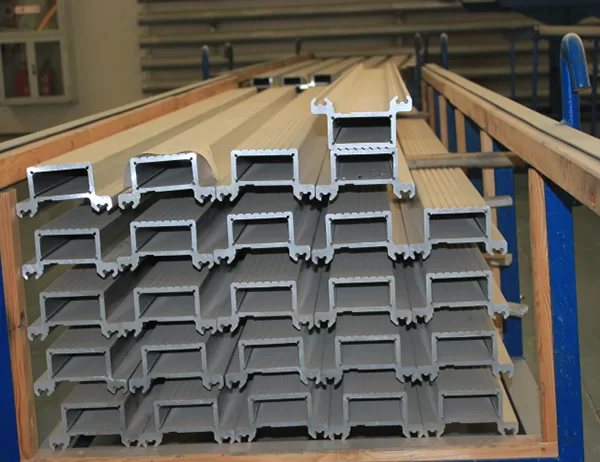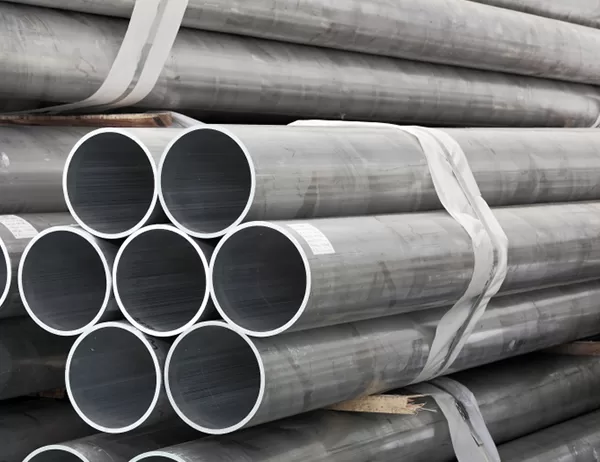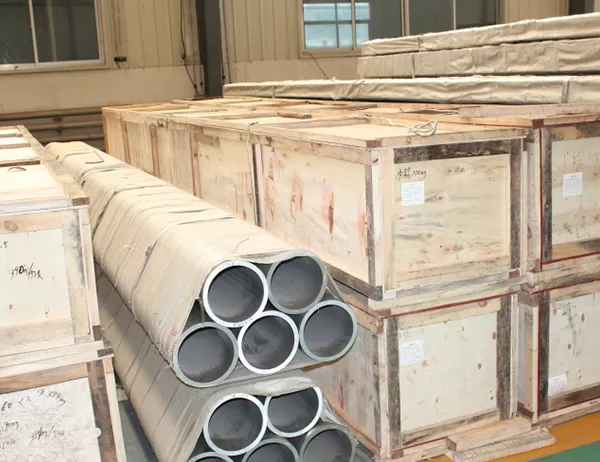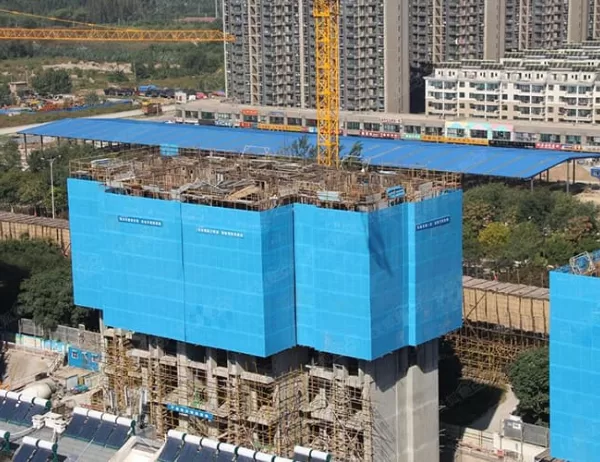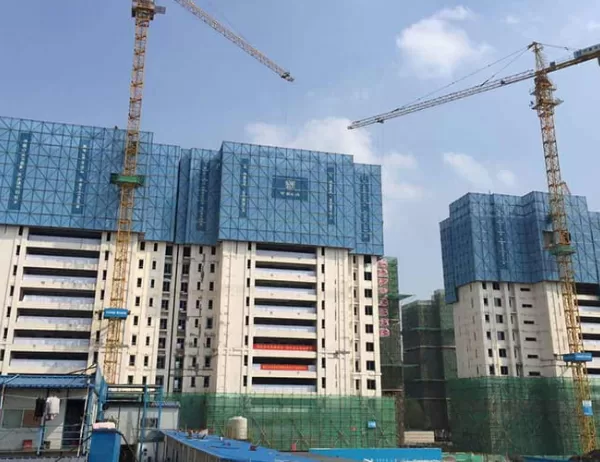In an era of interconnected global supply chains, disruptions have become a ripple effect that shakes industries to their core. The aluminum tube industry is facing the brunt of this impact, grappling with an unprecedented storm of challenges.
Perfect Storm of Crises
The COVID-19 pandemic has played a pivotal role in disrupting supply chains worldwide. Lockdowns, travel restrictions, and labor shortages have wreaked havoc on production and transportation. This has caused a surge in demand for aluminum tubes, as they are essential components in various industries, including construction, automotive, and healthcare.
Cascading Effects
The scarcity of aluminum tubes has had a cascading effect, leading to production halts in downstream industries. Manufacturers have been forced to scramble for alternative suppliers or risk losing market share. The resulting price volatility has further exacerbated the situation, making it difficult for businesses to plan and budget accordingly.
Logistics Hurdles
Compounding the supply crunch, logistics have become a major bottleneck. Shipping delays, port congestion, and rising fuel costs have hindered the timely delivery of raw materials and finished products. This has forced suppliers to explore alternative transportation options, incurring additional expenses and potentially compromising product quality.
Innovation Imperative
To survive this supply chain maelstrom, aluminum tube suppliers must embrace innovation. They need to optimize their production processes, invest in automation, and explore new sourcing channels. Digital technologies, such as blockchain and artificial intelligence, can help enhance supply chain visibility and improve forecasting.
Collaborating for Resilience
Collaboration is also crucial. Suppliers need to work closely with manufacturers, distributors, and logistics providers to identify potential disruptions and develop contingency plans. By pooling resources and sharing information, they can mitigate risks and ensure a more resilient supply chain.
Conclusion
The supply chain disruptions facing aluminum tube suppliers are a stark reminder of the interconnectedness of the global economy. The industry must navigate this turbulent landscape by embracing innovation, collaborating effectively, and adapting to the evolving market dynamics. By harnessing these strategies, aluminum tube suppliers can emerge from the storm stronger, more resilient, and better positioned to meet the challenges of the future.
